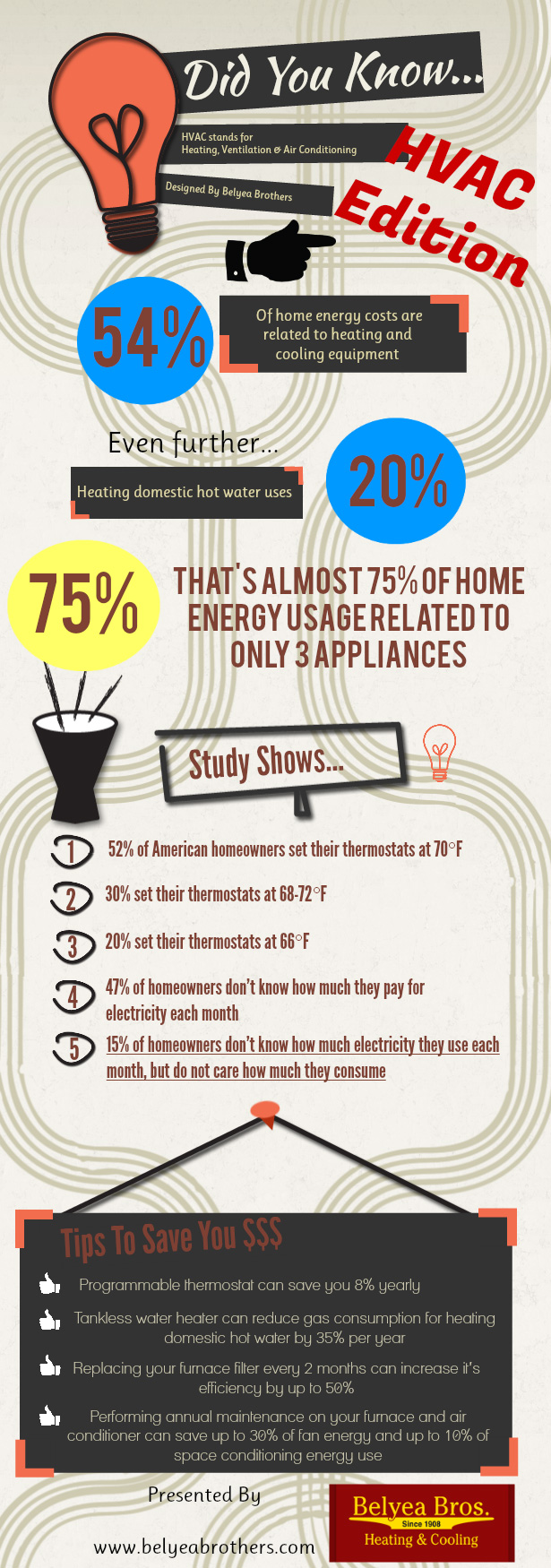The Ultimate Guide To Recognizing Heat Pumps - Exactly How Do They Function?
The Ultimate Guide To Recognizing Heat Pumps - Exactly How Do They Function?
Blog Article
Post By-Gissel Singer
The best heatpump can conserve you significant quantities of money on power bills. They can likewise help reduce greenhouse gas exhausts, specifically if you utilize electrical energy in place of fossil fuels like propane and home heating oil or electric-resistance furnaces.
Heatpump function quite the same as a/c unit do. This makes them a sensible alternative to standard electric home heating systems.
Exactly how They Work
Heatpump cool down homes in the summertime and, with a little help from electrical energy or natural gas, they offer several of your home's heating in the winter season. They're an excellent choice for individuals that want to decrease their use of fossil fuels however aren't all set to replace their existing heating system and a/c system.
They rely upon the physical fact that also in air that seems as well cold, there's still energy existing: warm air is always relocating, and it wants to move right into cooler, lower-pressure settings like your home.
Many ENERGY STAR licensed heatpump run at near to their heating or cooling ability throughout most of the year, decreasing on/off cycling and saving power. For Suggested Web site , concentrate on systems with a high SEER and HSPF score.
The Compressor
The heart of the heatpump is the compressor, which is also called an air compressor. This mechanical streaming device uses prospective energy from power development to enhance the stress of a gas by reducing its quantity. It is various from a pump in that it just deals with gases and can not work with fluids, as pumps do.
Atmospheric air gets in the compressor with an inlet valve. https://cost-of-to-install-hvac44196.blog-ezine.com/29415910/the-future-of-home-home-heating-exactly-how-heatpump-technology-is-developing vane-mounted arms with self-adjusting size that divide the interior of the compressor, creating numerous cavities of varying dimension. The blades's spin pressures these tooth cavities to move in and out of phase with each other, compressing the air.
The compressor reels in the low-temperature, high-pressure cooling agent vapor from the evaporator and compresses it right into the warm, pressurized state of a gas. This process is duplicated as needed to supply home heating or cooling as required. The compressor additionally includes a desuperheater coil that reuses the waste warm and includes superheat to the cooling agent, transforming it from its fluid to vapor state.
The Evaporator
The evaporator in heatpump does the same point as it does in fridges and air conditioning system, changing fluid cooling agent right into an aeriform vapor that removes heat from the space. Heatpump systems would certainly not function without this crucial tool.
This part of the system lies inside your home or structure in an indoor air handler, which can be either a ducted or ductless unit. It includes an evaporator coil and the compressor that presses the low-pressure vapor from the evaporator to high pressure gas.
Heatpump take in ambient heat from the air, and after that use electrical energy to move that heat to a home or organization in home heating mode. That makes them a lot extra power efficient than electrical heating systems or heating systems, and because they're making use of tidy electrical energy from the grid (and not shedding fuel), they also produce far fewer exhausts. That's why heatpump are such excellent environmental selections. (Not to mention a massive reason they're ending up being so prominent.).
The Thermostat.
Heat pumps are terrific alternatives for homes in chilly climates, and you can use them in combination with typical duct-based systems or perhaps go ductless. They're a great different to fossil fuel heating systems or traditional electrical furnaces, and they're a lot more sustainable than oil, gas or nuclear heating and cooling devices.
Your thermostat is one of the most vital part of your heatpump system, and it works very in different ways than a standard thermostat. All mechanical thermostats (all non-electronic ones) job by using substances that change size with increasing temperature level, like coiled bimetallic strips or the expanding wax in an auto radiator shutoff.
These strips include 2 different types of steel, and they're bolted together to create a bridge that completes an electric circuit linked to your cooling and heating system. As the strip gets warmer, one side of the bridge expands faster than the various other, which causes it to bend and indicate that the heater is required. When the heatpump remains in heating setting, the reversing shutoff turns around the circulation of cooling agent, to ensure that the outdoors coil currently operates as an evaporator and the indoor cylinder becomes a condenser.